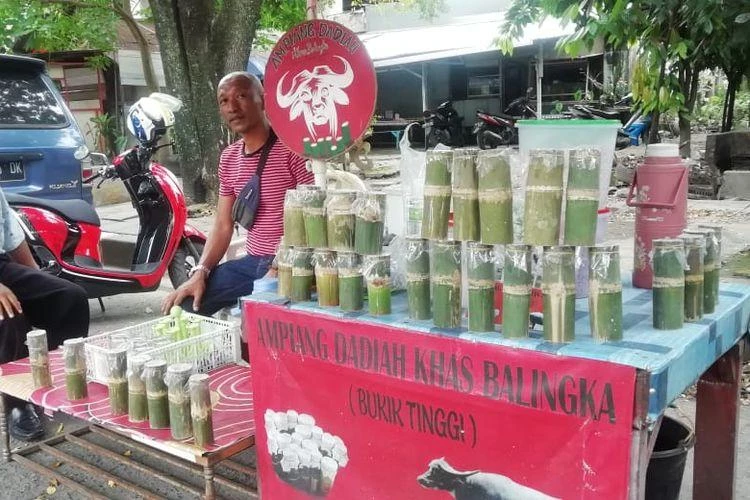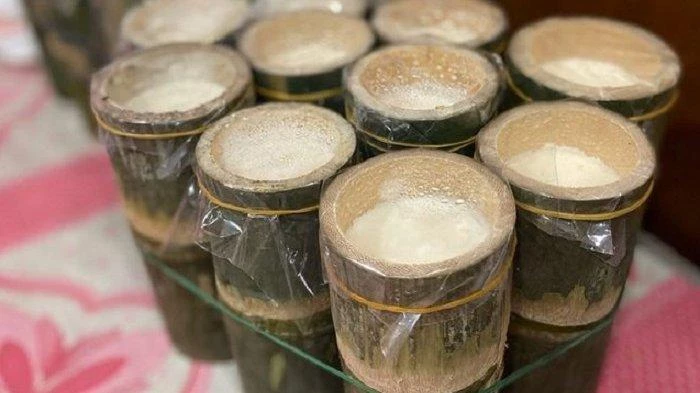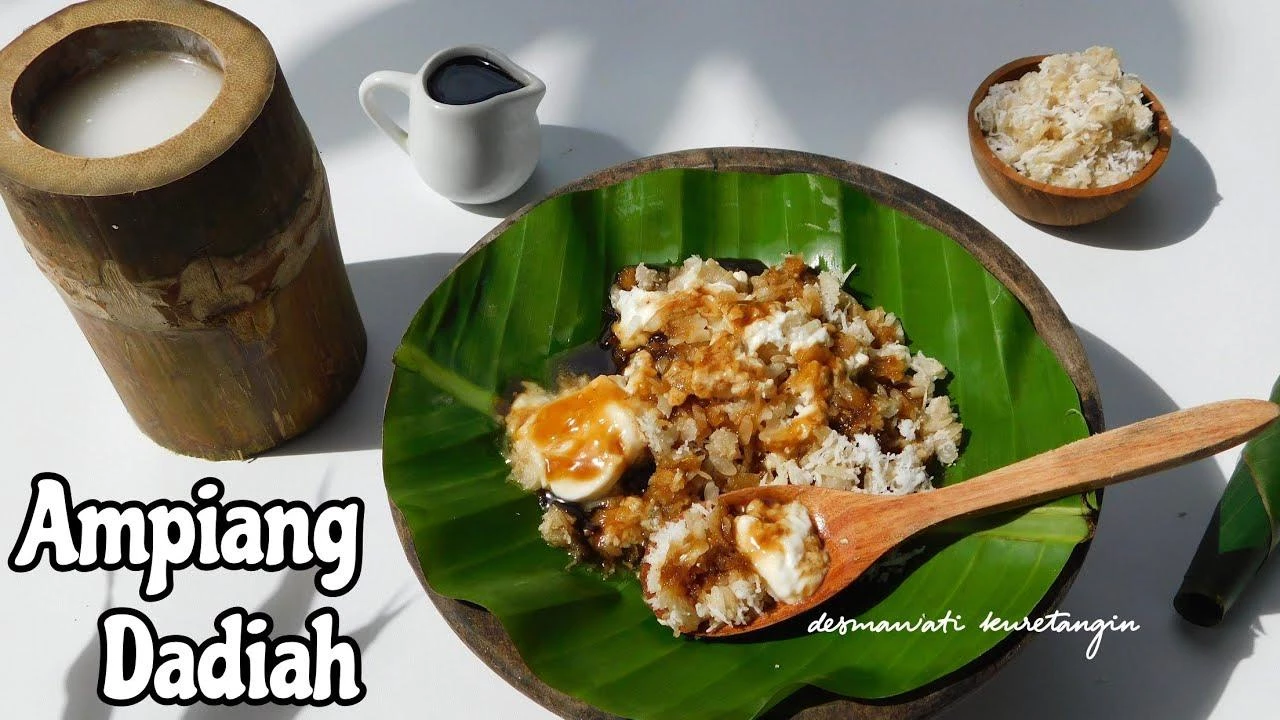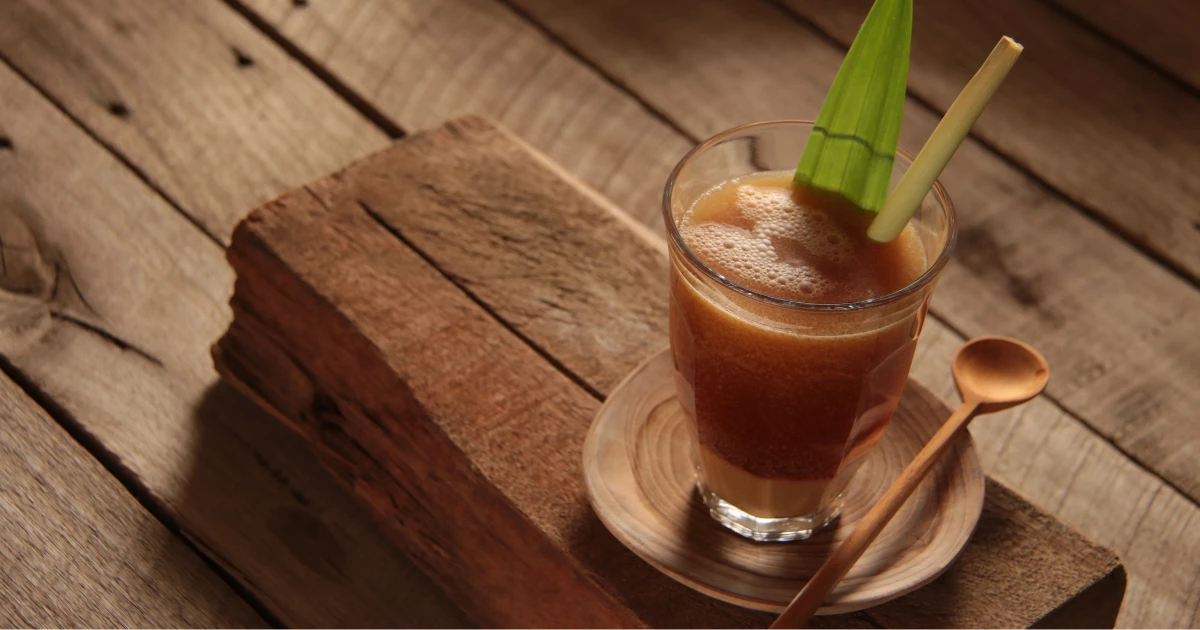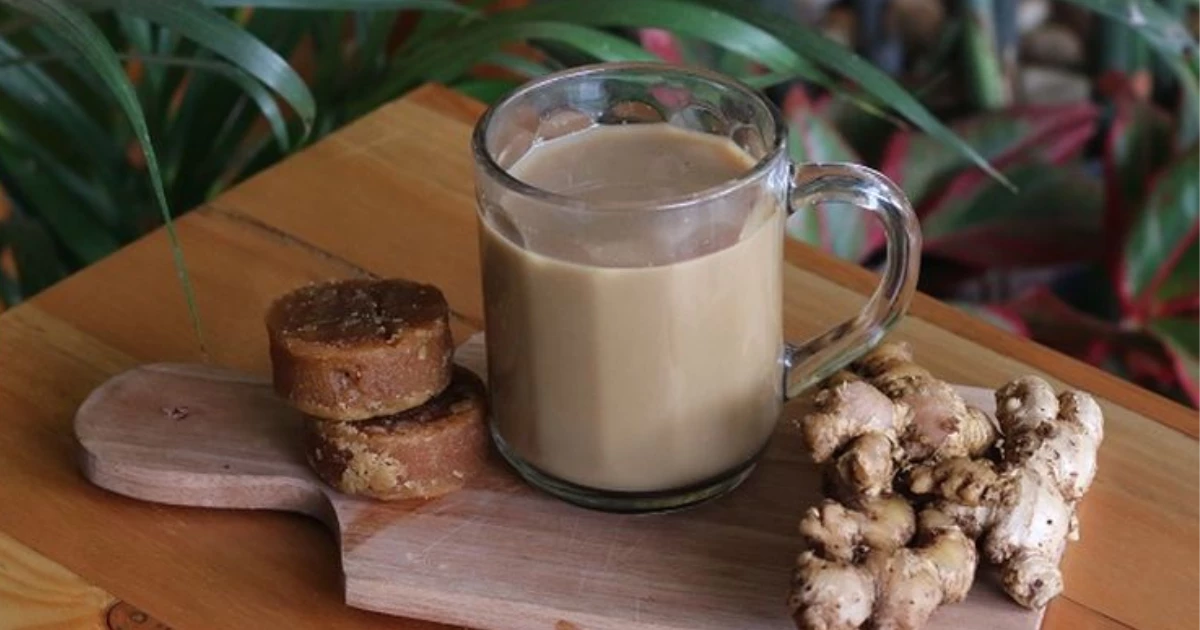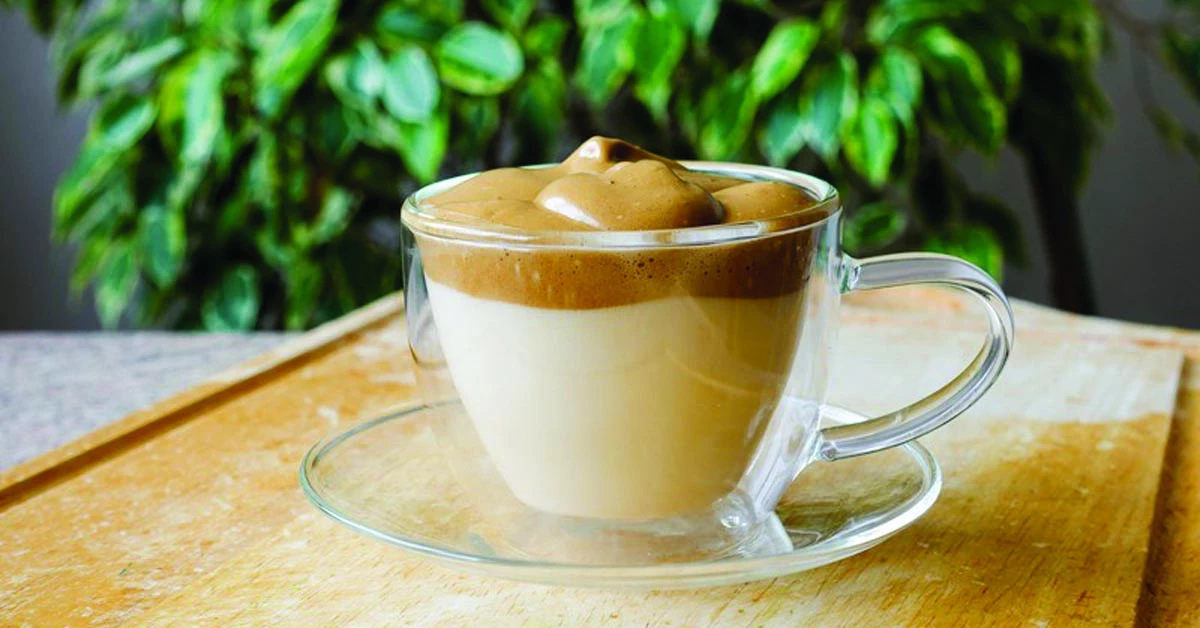Dadiah - Indonesian version of buffalo yogurt in bamboo tube
Indonesia is one of the food heavens in the world. Its cuisine is diverse, colorful and full of intense flavors. For lovers of dairy products, 'dadiah', or Indonesian version of buffalo yogurt, could be worth a try thanks to its unique recipe only found in West Sumatra. Dadiah has different characteristics, compared to what we usually know as ‘yogurt’ despite the fact that they are both fermented milk. Let’s take a closer look at its origin and how it is made in the following article.
Dadiah’s origin
An Indonesian street vendor sits next to his dadiah stall.
Dadiah is a traditional fermented buffalo milk in bamboo tubes, covered by banana leaves. Given its sour taste, the milk product is not popular in Indonesia. The fermented milk is only common in West Sumatra. Nowadays, it’s not easy to find dadiah’s original version, even in West Sumatra. We can only find it in certain places in Bukittinggi, the third-largest city in West Sumatra.
Making dadiah
Farmers often milk the buffaloes after dawn to make dadiah.
While yogurt is usually made of cow milk, dadiah is a product from buffalo milk. Farmers' milking process normally starts right after dawn. Fresh buffalo milk is filtered and poured into bamboo tubes with a normal height of between 20 and 30 centimeters. Milk from three buffaloes is enough to make about 20 bamboo tubes.
Bamboo tubes ‘mouths are covered with nylon instead of traditional banana leaves.
The bamboo tube’s mouth is then covered tightly with banana leaves. But now farmers usually use the nylon wrap instead for convenience. The indigenous lactic bacteria in the buffalo milk will activate the fermentation while normal yogurt made of cow milk needs microbial cultures as a starter of the fermentation. It would take one or two days before the milk product is ready to serve. If the yogurt remains liquid but slightly thickened, the curds of dadiah are likely to harden when the fermentation time extends.
Benefits to health
Dadiah can be served with ampiang, or glutinous rice, and palm sugar for a perfect flavor.
Just like yogurt, dadiah should be enjoyed after one or two day of fermentation. It can be stored in the fridge for three days more. The most popular way to eat dadiah like the Indonesian is to serve it with ‘ampiang’, a ground flat glutinous rice, and palm sugar syrup. They call this dish ‘ampiang dadiah’, a combination of sour sweet taste and the crunch of the rice chips. Dadiah sometimes can be served with hot rice and chili paste.
The indigenous lactic bacteria from dadiah exhibit antimutagenic and antipathogenic properties, according to some studies. Therefore, just like yogurt, dadiah is able to support our immune system and is good for the skin.
Should you have any questions or request a quotation of Rang Dong products, please send us an email to: export@rangdong.com.vn.
Websites: en.rangdong.com.vn and vacuumflask.rangdong.com.vn.

